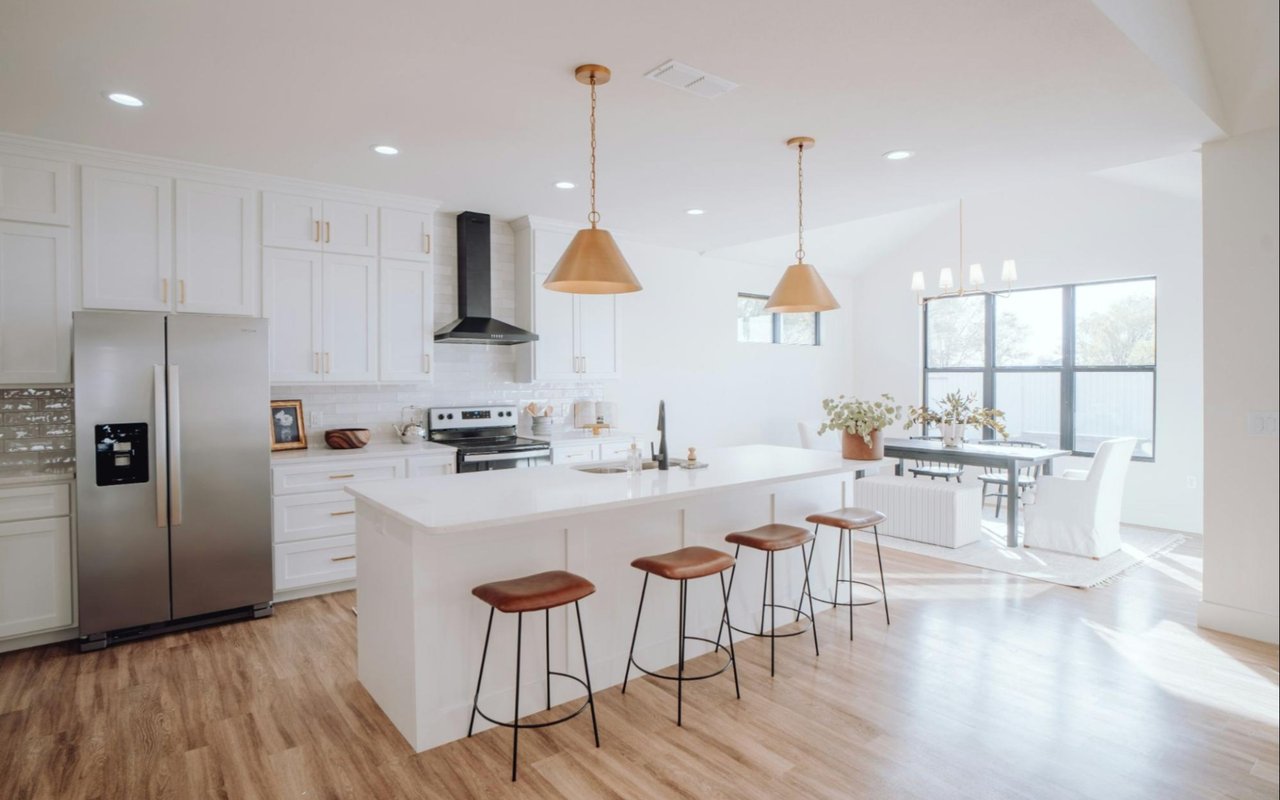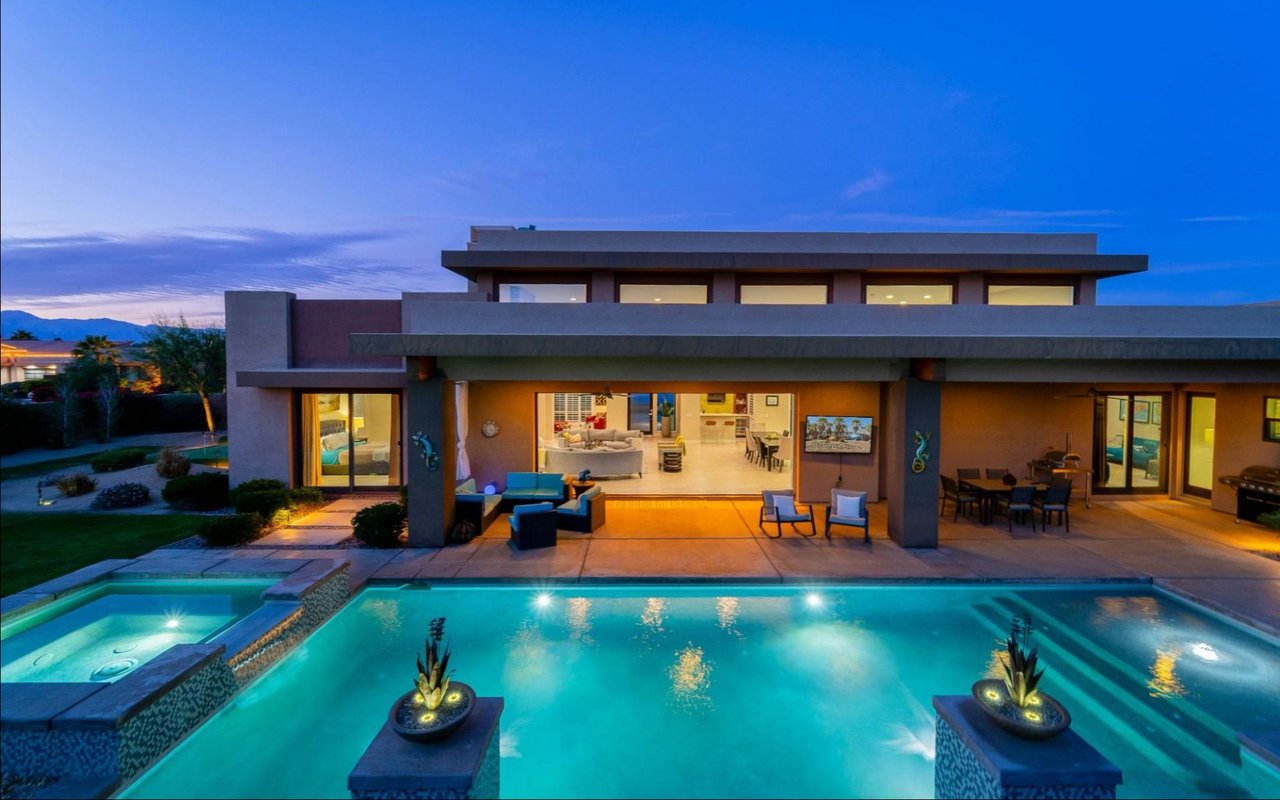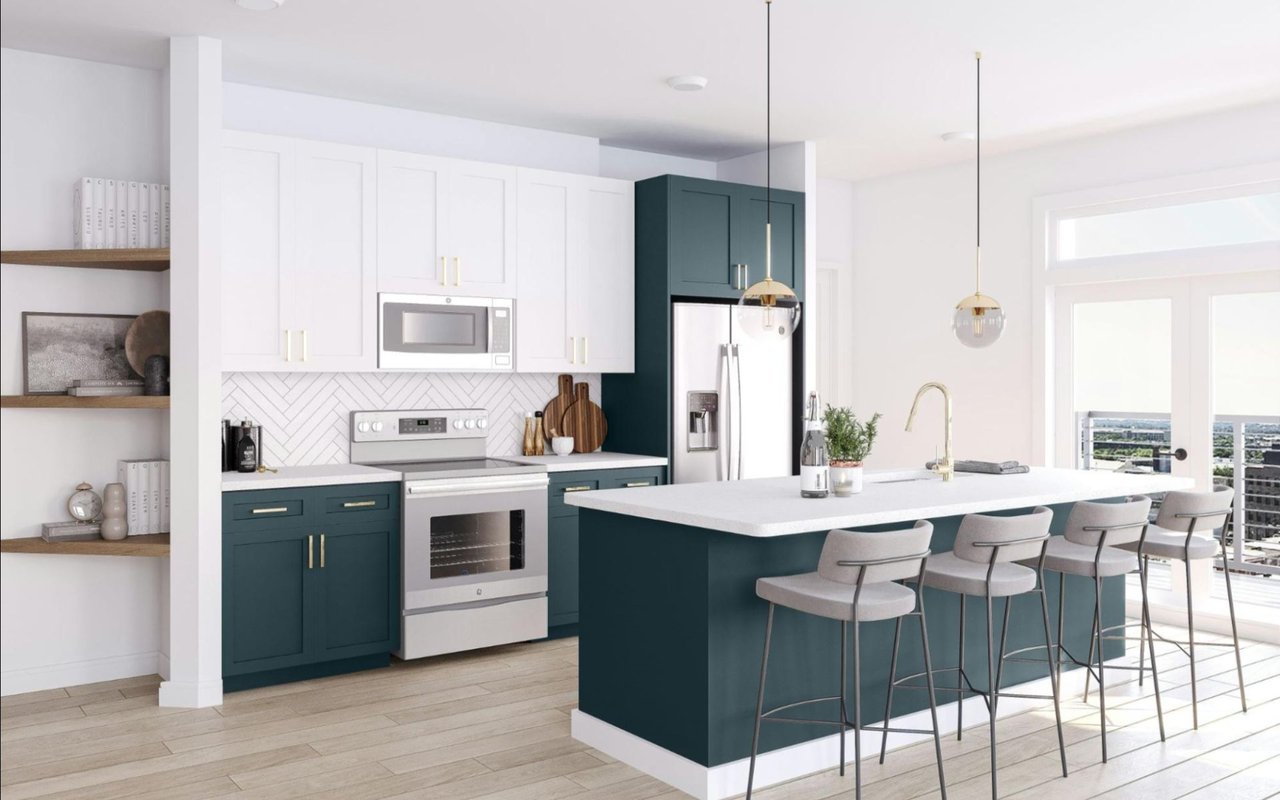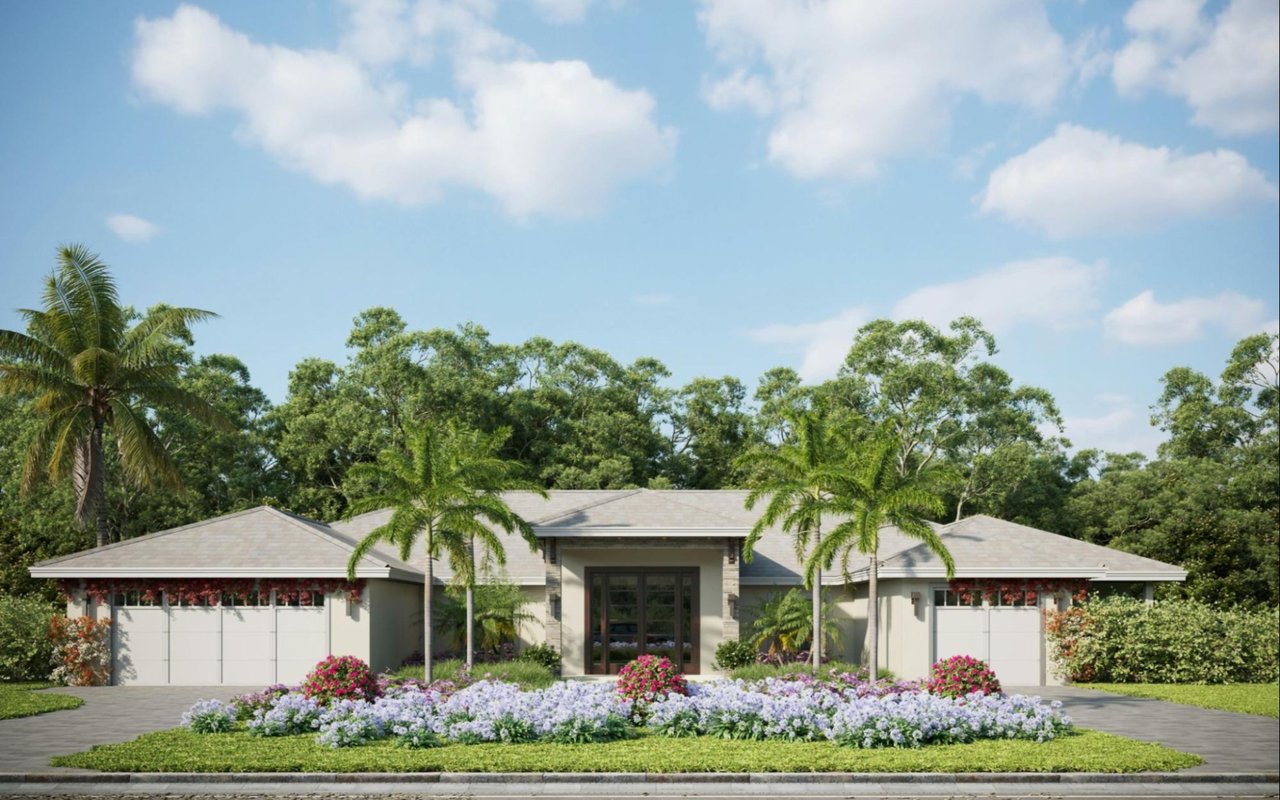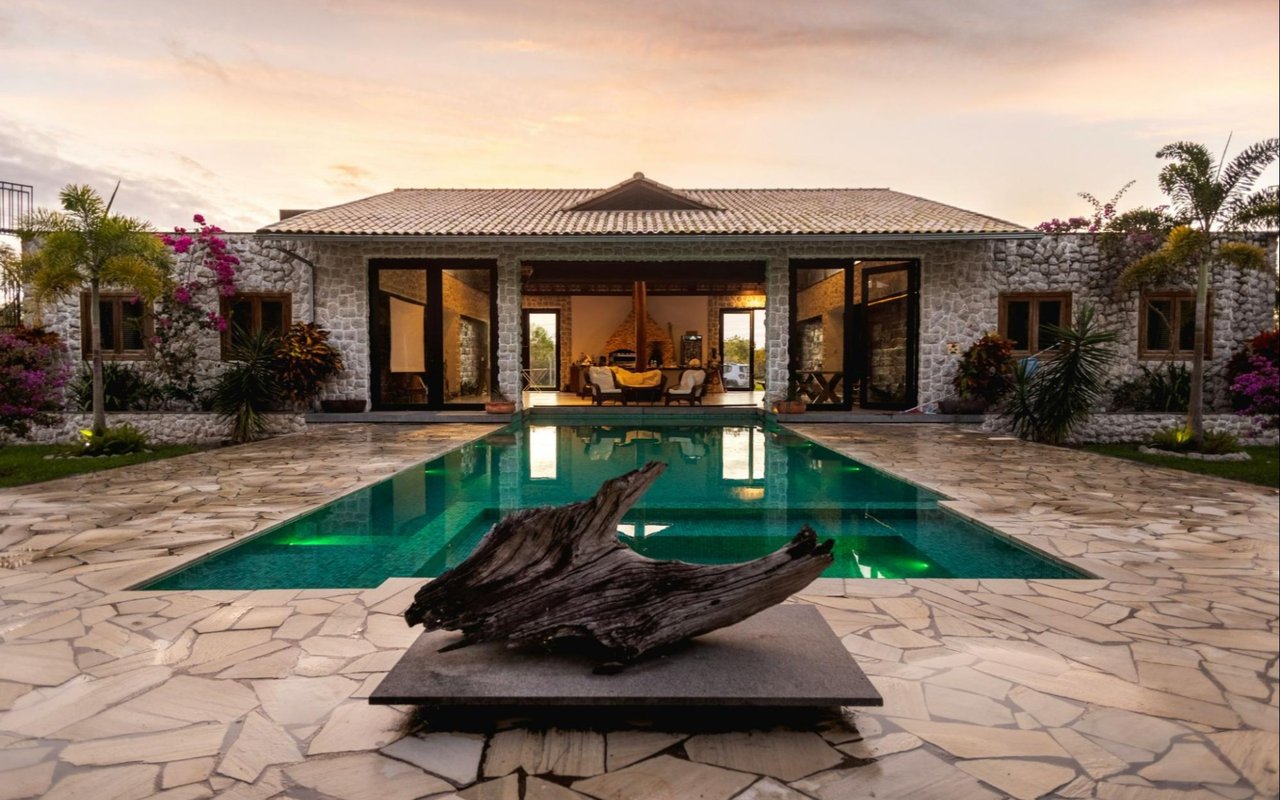Lighting is one of the most powerful design tools available to homeowners, yet it is often overlooked or underutilized. The right lighting doesn't just brighten a space—it defines mood, highlights architectural features, and enhances the way each room is experienced. Whether designing a new home or looking to refresh an existing space, understanding how to layer and position lighting can make a dramatic impact. In La Quinta, California, where open-concept layouts and indoor-outdoor living are key design elements, intentional lighting choices can elevate luxury homes from beautiful to breathtaking. It’s not just about visibility—it’s about creating an environment that feels curated, comfortable, and functional at any hour.
Understand the Three Layers of Lighting
Effective lighting design relies on a layered approach. Every room should incorporate a combination of ambient, task, and accent lighting. Each layer plays a distinct role in the overall feel and usability of the space.
Ambient lighting provides overall illumination. This is usually the base layer and can include ceiling-mounted fixtures, recessed lights, or large pendants. It sets the general brightness level and ensures people can move through the space comfortably.
Task lighting is more focused and functional. It supports activities like reading, cooking, working, or grooming. Under-cabinet lighting in kitchens, reading lamps in living rooms, and vanity lighting in bathrooms are all examples of task lighting that enhance usability without flooding the space with unnecessary brightness.
Accent lighting is all about drama and detail. This layer highlights artwork, textures, or architectural features, and it adds visual interest. Wall sconces, picture lights, and strategically placed LED strips can bring depth to a room and make design elements stand out.
Combining all three layers thoughtfully allows homeowners to adjust the mood and functionality of a space at different times of day.
Combining all three layers thoughtfully allows homeowners to adjust the mood and functionality of a space at different times of day.
Use Natural Light as a Starting Point
In a sun-filled region like La Quinta, natural light is one of a home’s most valuable assets. Large windows, glass doors, and open floor plans allow the outdoors to merge with the interior. The goal with artificial lighting is to complement natural light during the day and replicate its softness at night.
Start by observing how daylight enters each room. South-facing rooms tend to receive the most consistent light, while north-facing spaces may feel cooler and darker. Understanding this pattern allows for smarter placement of artificial lighting and helps prevent over-lighting spaces that are already well-illuminated during the day.
Window treatments also play a role. Sheer drapes or solar shades allow sunlight to filter in gently while reducing glare. At night, layering in warm-toned fixtures helps maintain the cozy feel that natural light provides.
Choose the Right Bulbs and Color Temperatures
The type of lightbulbs used in a space has a profound effect on atmosphere. Bulbs come in a variety of color temperatures, typically measured in Kelvins (K). Lower temperatures (around 2700K–3000K) emit a warm, golden light that’s ideal for living rooms, bedrooms, and dining areas. These mimic the soft glow of early morning or sunset and tend to make spaces feel more relaxed and welcoming.
Higher color temperatures (4000K–5000K) produce a cooler, more energizing light, often used in kitchens, offices, or bathrooms where clarity is important. In most luxury homes, a consistent lighting temperature across fixtures creates cohesion and prevents the space from feeling disjointed.
Today’s LED options offer a wide range of color temperatures and are significantly more energy-efficient than traditional bulbs. Some advanced systems even allow homeowners to adjust temperature and brightness throughout the day to match circadian rhythms, enhancing comfort and well-being.
Incorporate Statement Fixtures for Style and Impact
Lighting fixtures themselves are design elements. A sculptural chandelier in the entryway, sleek pendant lights over a kitchen island, or bold sconces in a hallway can serve as focal points that define the room’s style.
When selecting statement lighting, scale is key. A large fixture in a small room can overwhelm the space, while a fixture that is too small in a grand room can feel underwhelming. Consider ceiling height, furniture dimensions, and sightlines from other rooms to choose fixtures that enhance rather than disrupt the space.
Mixing materials like brass, blackened metal, glass, or natural fibers can add contrast and richness. Fixtures don’t have to match exactly across the home, but they should feel cohesive within the overall design language.
Add Dimmers for Versatility
Lighting doesn’t need to be static. Adding dimmers allows for flexibility throughout the day and across seasons. A space used for entertaining in the evening might require different lighting than it does during a quiet morning.
Dimmers can be used on ambient lighting to adjust the intensity, while leaving task and accent lighting untouched. This allows for layered, moody effects that are particularly effective in dining rooms, living areas, and primary bedrooms.
Smart lighting systems take this a step further, allowing homeowners to pre-set lighting scenes for different occasions. With one touch or voice command, lighting can shift from bright and energizing to soft and ambient.
Use Outdoor Lighting to Extend Living Space
In La Quinta, outdoor living is an essential part of home design, and lighting plays a critical role in extending the usability of patios, terraces, and gardens into the evening hours. Pathway lighting, uplighting on palm trees, and soft string lights over seating areas enhance ambiance while improving safety.
Layering exterior lighting just as you would indoors—ambient for overall glow, task lighting for grilling or dining, and accent lighting for landscaping—helps create a cohesive experience that draws people outside and keeps them there after sunset.
Thoughtfully designed outdoor lighting also adds curb appeal and highlights architectural features of the home at night, contributing to a polished and luxurious aesthetic.
Lighting as a Design Investment
Using lighting intentionally is about more than brightness—it’s about crafting an environment that supports mood, lifestyle, and beauty. With a balanced approach, even the most ordinary spaces can feel elevated and dynamic. Whether updating a single room or reimagining a full residence, the right lighting design enhances how a home is lived in and experienced.
For guidance on selecting a luxury home in La Quinta that offers architectural lighting potential or already features exceptional design, contact Kathleen Galigher for expert insight and access to the most sought-after homes in the region.
